✎ Juan Pablo Rodríguez Malaver

✎ Camilo Alméciga


Scarlet Ibis
Eudocimus ruberOrinoquia region
RECORRIDO VIRTUAL POR LA BIODIVERSIDAD DE COLOMBIA
Museo de Historia Natural
Universidad Nacional de Colombia

Scarlet Ibis
Eudocimus ruber
Morpho-functionality
Beak
The curved beak helps it capture more easily mollusks and arthropods buried in the mud.
Flight
Like many other birds flies in flocks forming a "V" making the flight more efficient.
Air sacs
In addition to the lungs, they have a series of air sacs that help in the flow of oxygen and in its high metabolic demand.
Lifecycle
They are polygynous, that is, a male reproduces with more than one female. Females lay one to five eggs and incubate them for 21-23 days. At birth, the chicks do not have vision or hearing, they are defenseless and cannot even lift their heads, they acquire the necessary plumage to fly between 35 to 42 days of age and are independent at day 75. Both parents share the rearing of their chicks. Life expectancy is around 16 years. In general, colonies suffer from high mortality due to predation and lack of food.
Scarlet Ibis
Distribution
They are distributed in the north of South America from Venezuela to the north of Brazil. They are nomads, with migrations between different coastal places and inland wetlands in accordance with seasonal changes. They prefer swampy environments such as marshes, shallow lakes and bays, mangroves, flooded fields, and rice crops.
Distribution area






